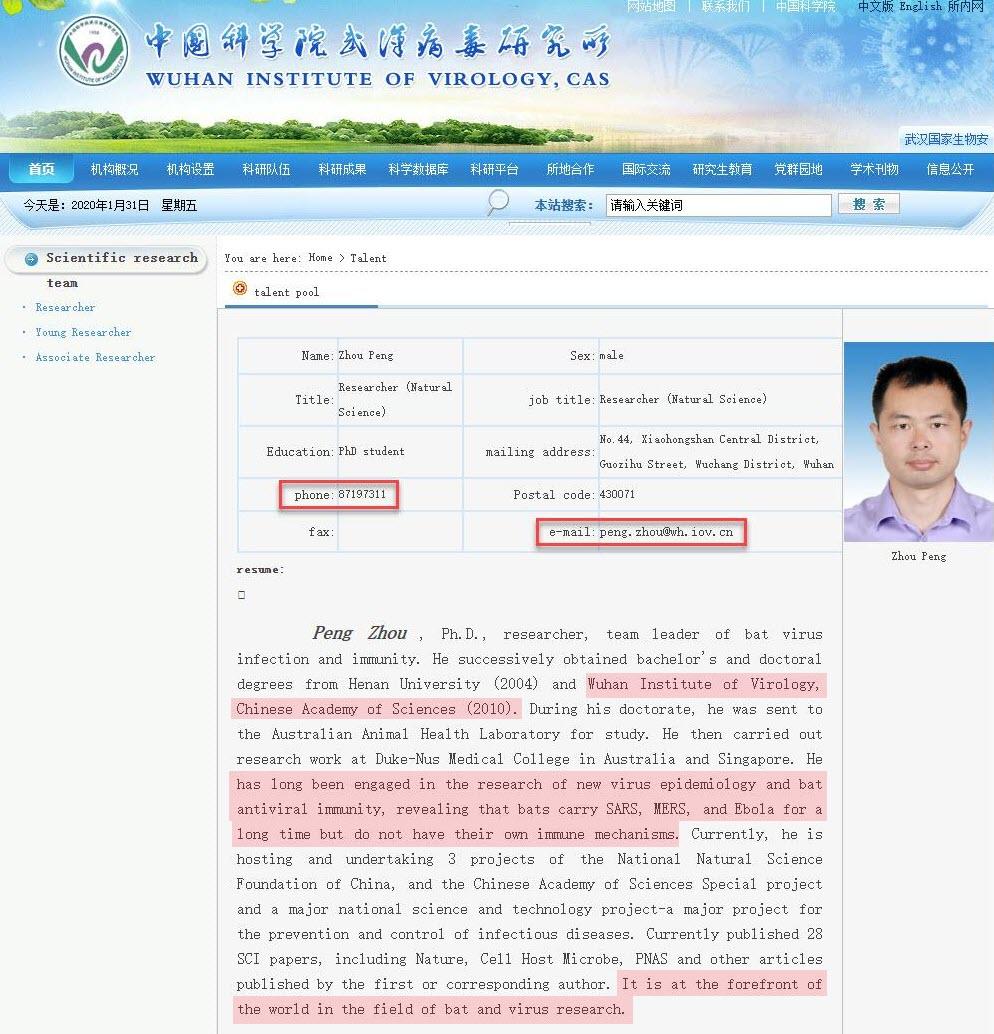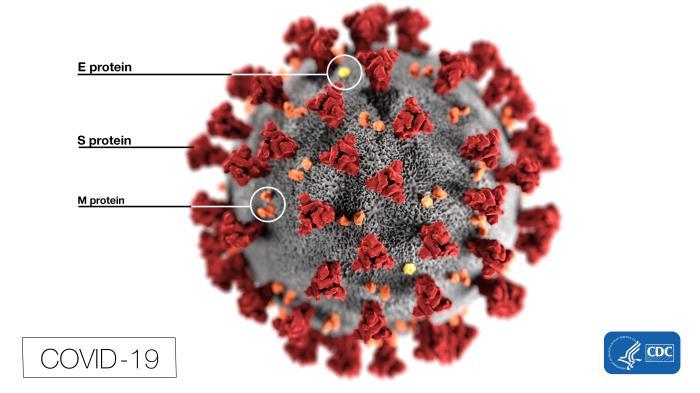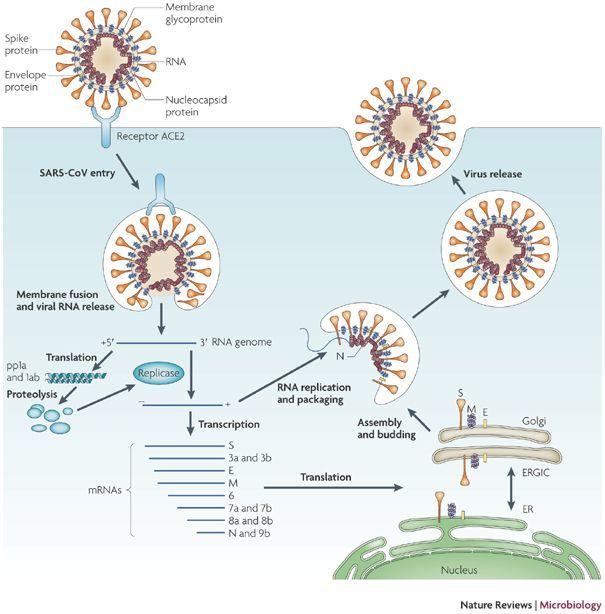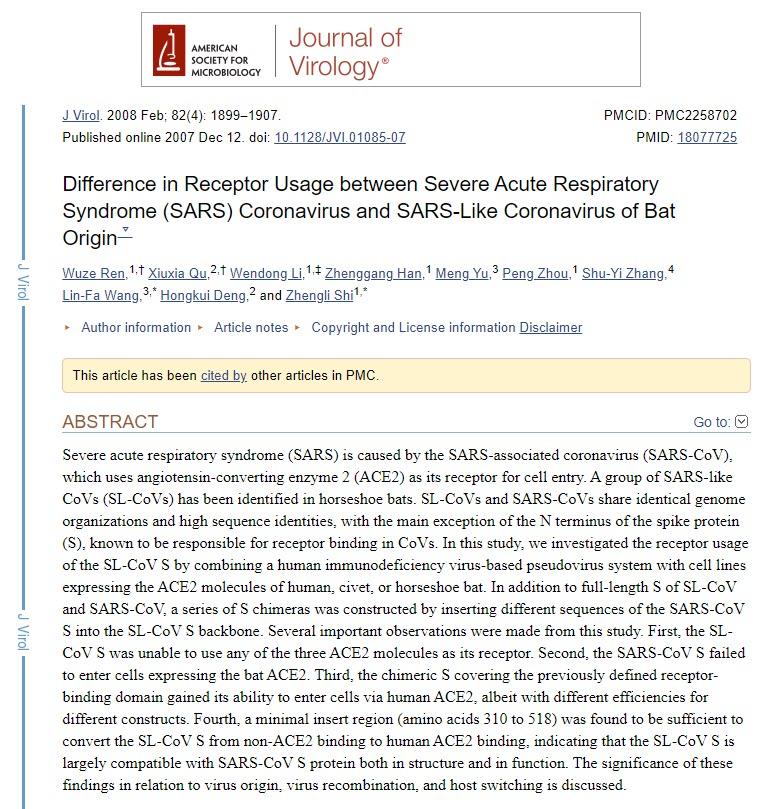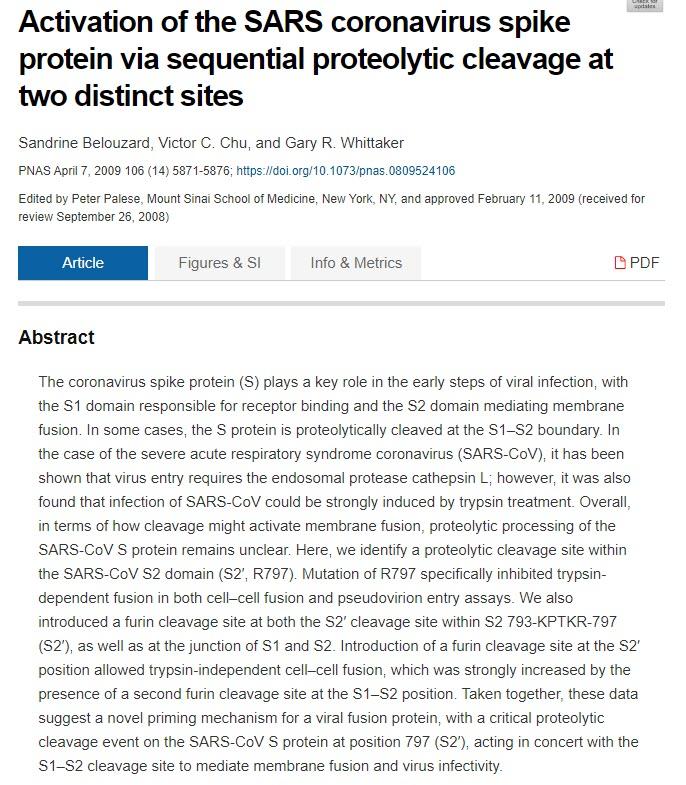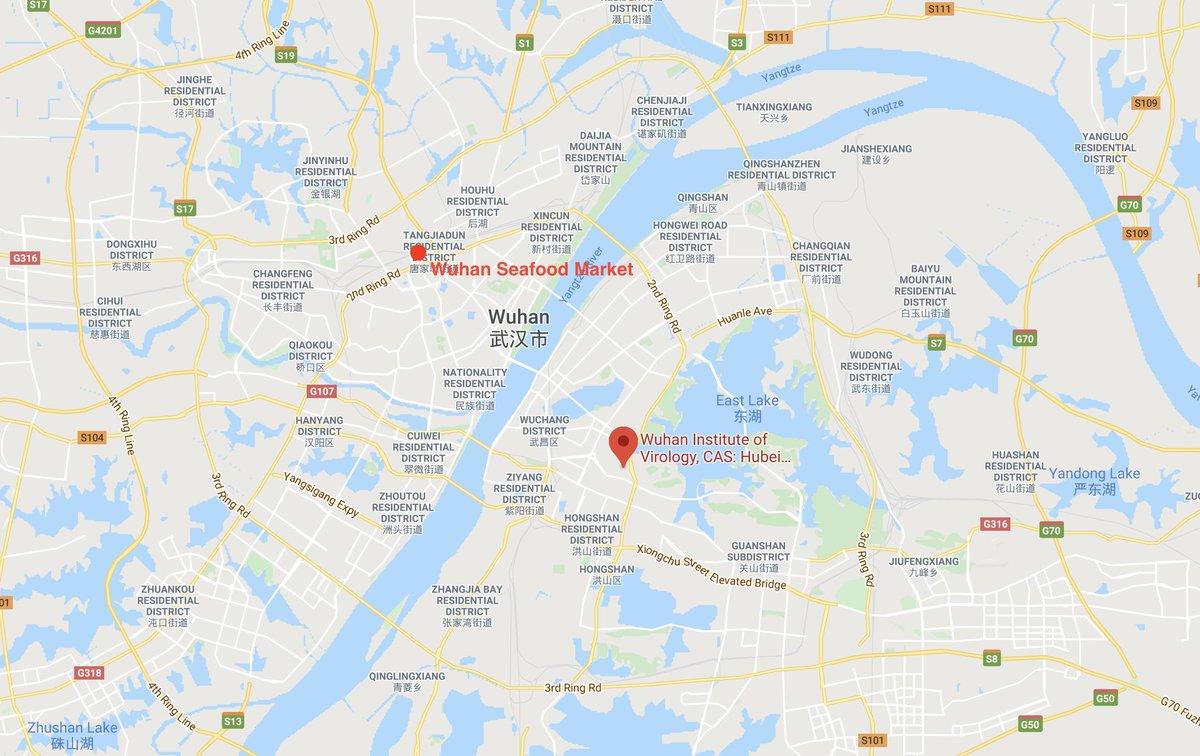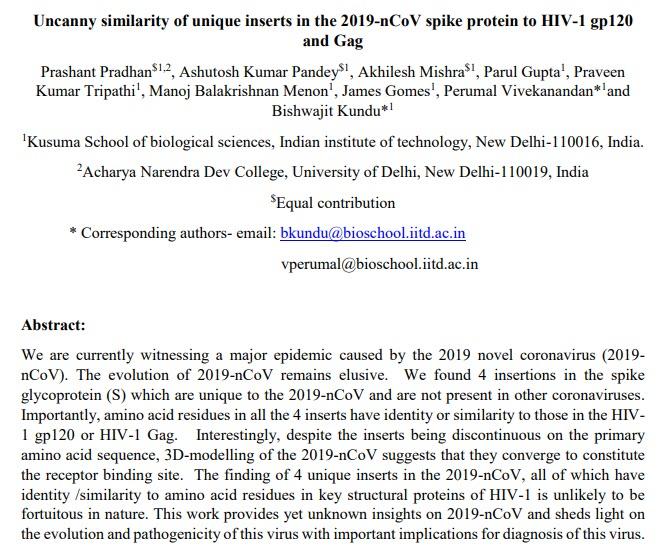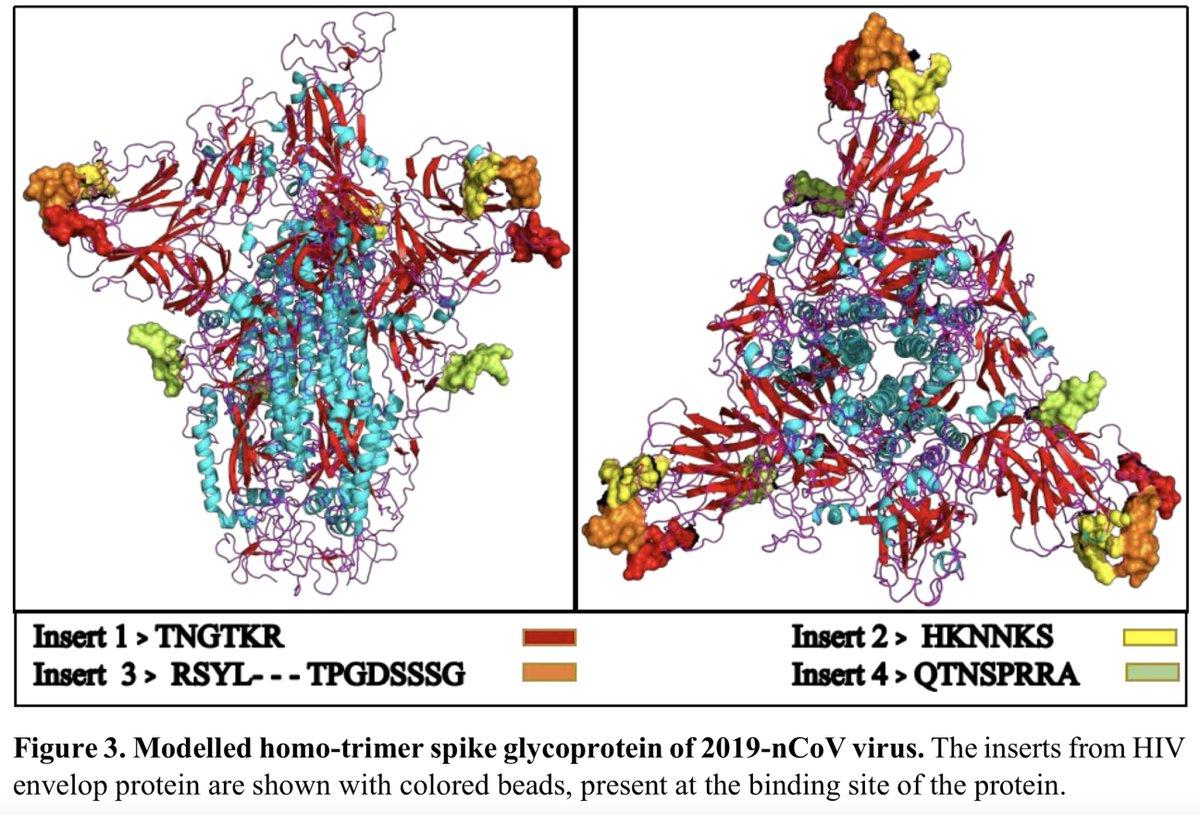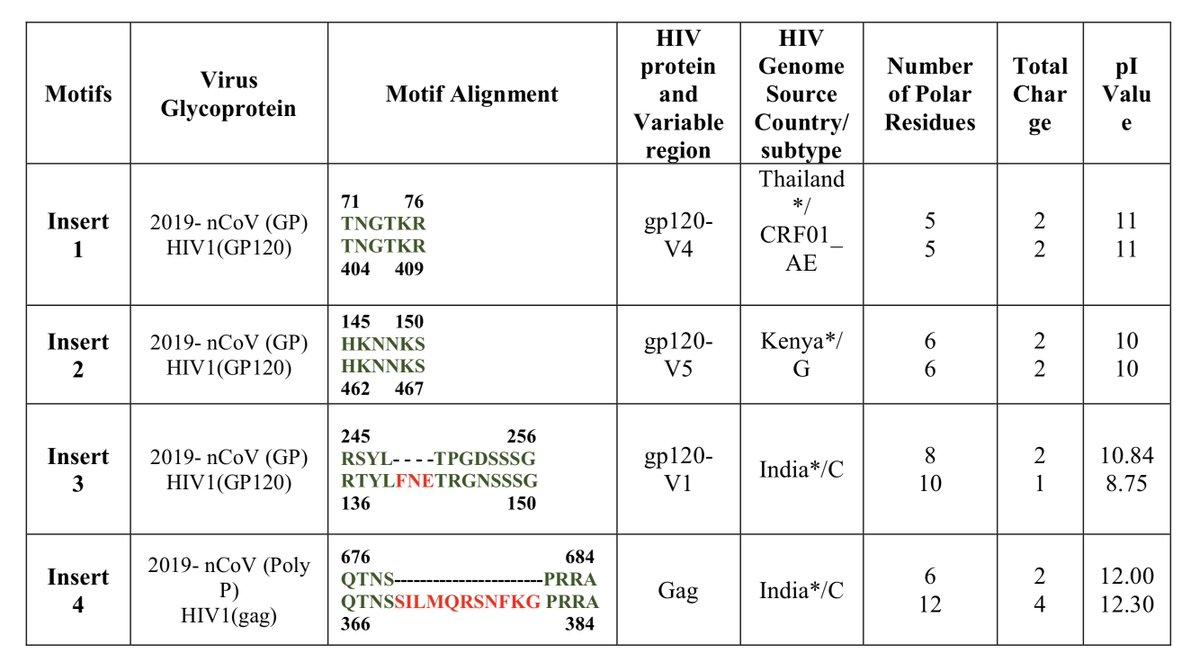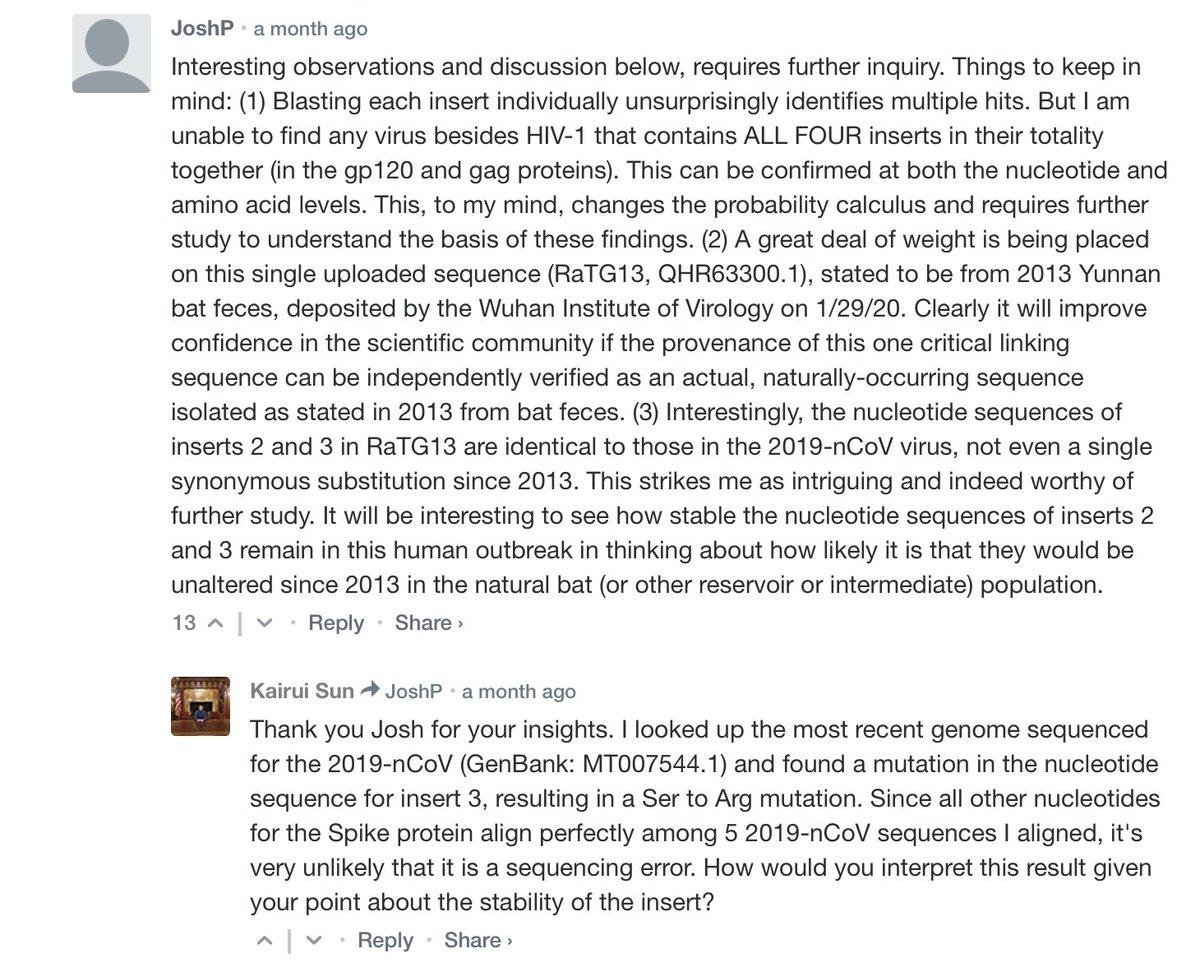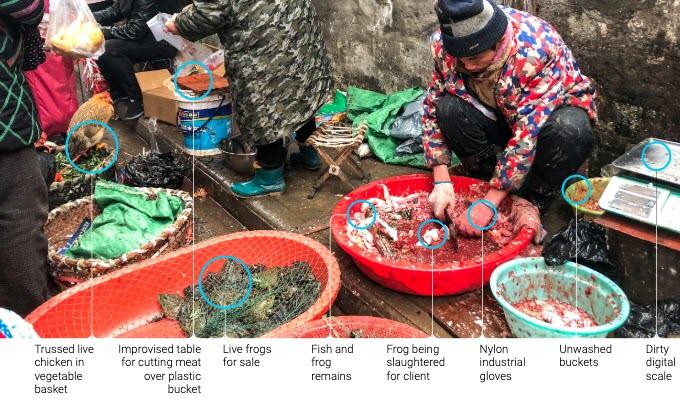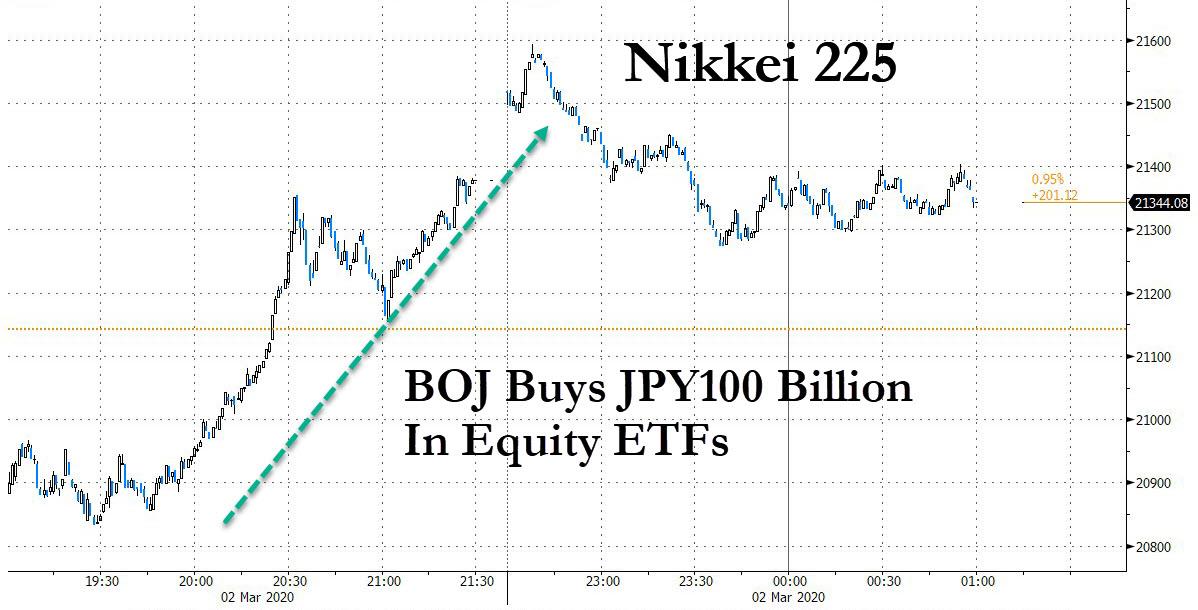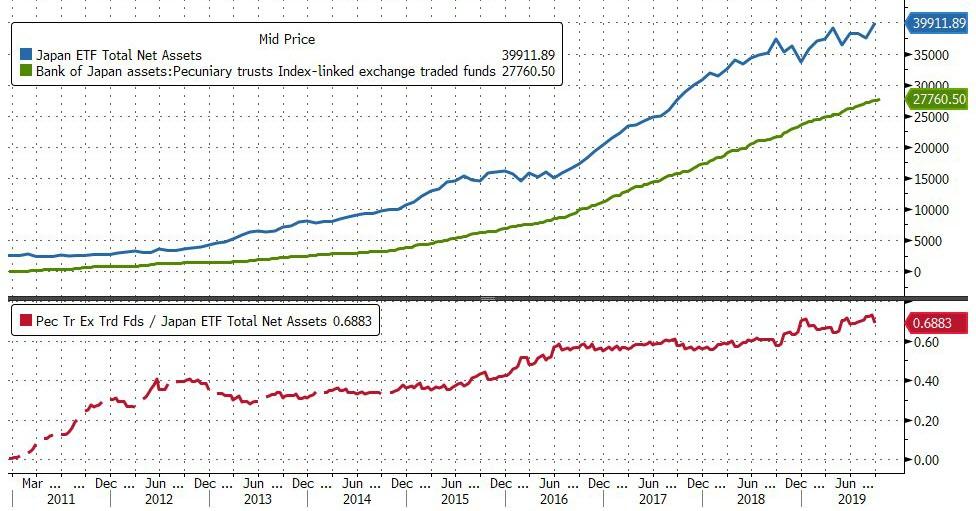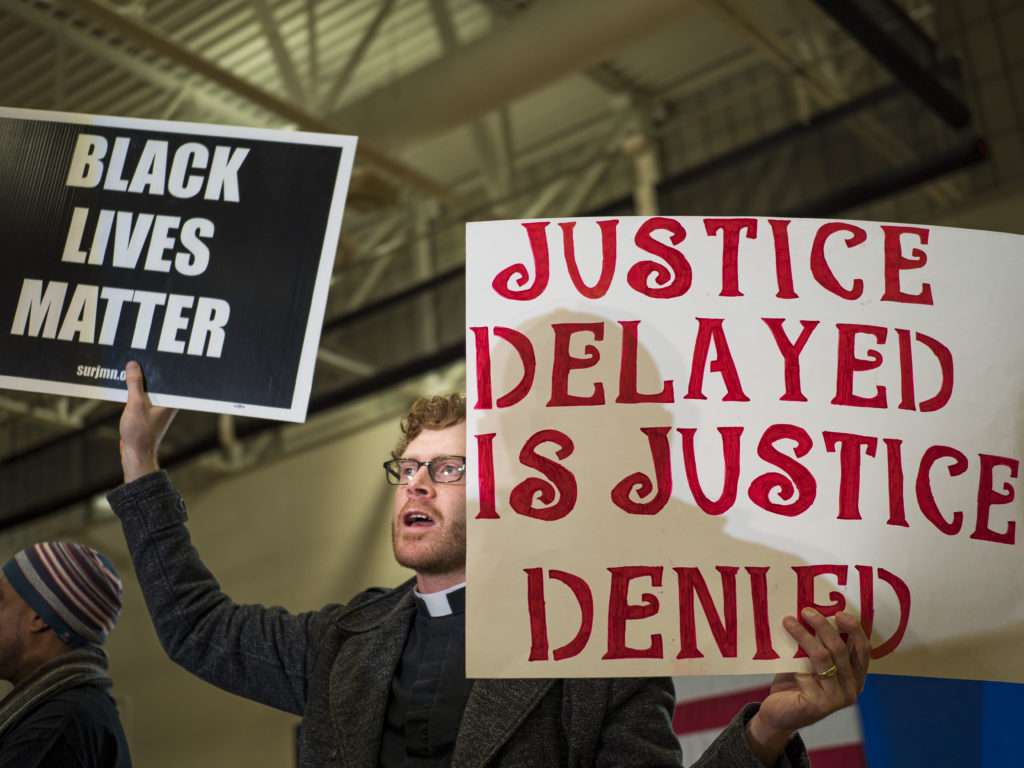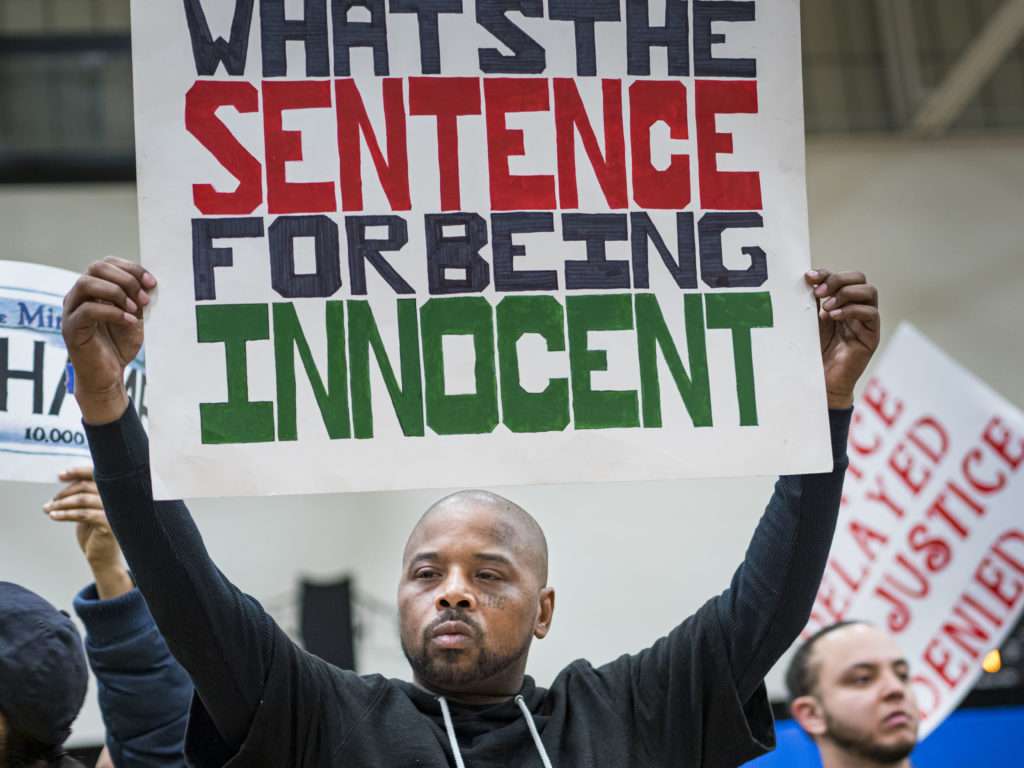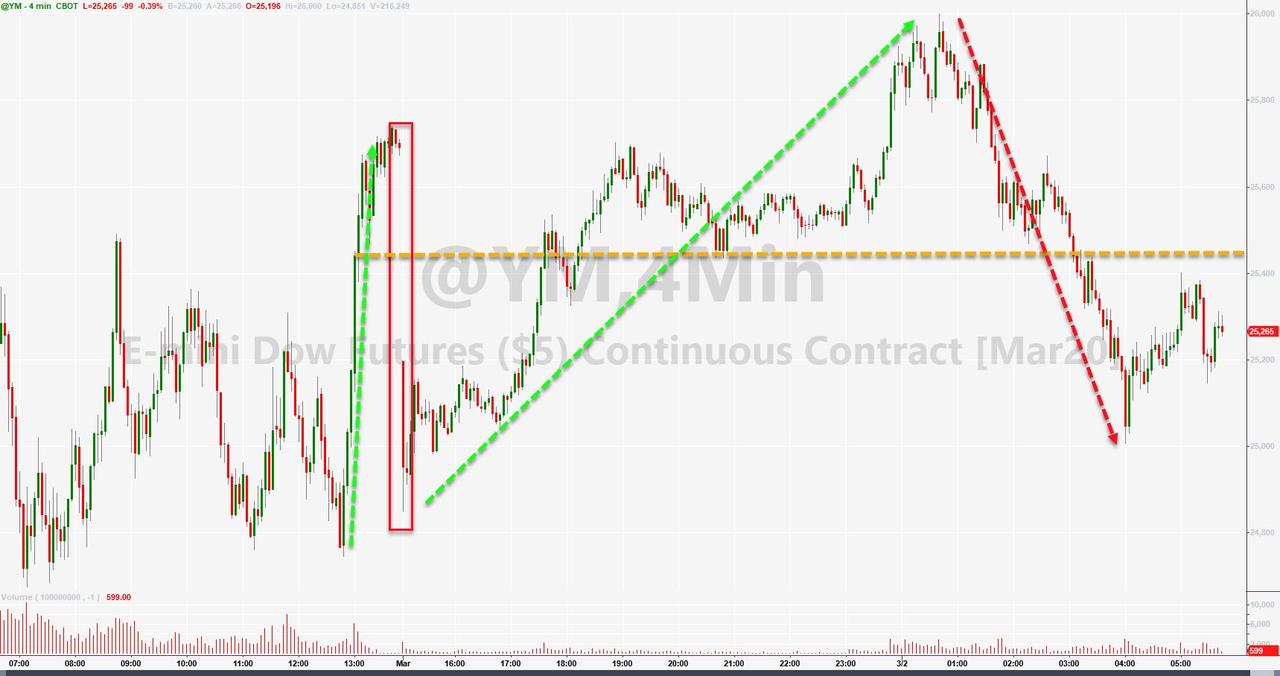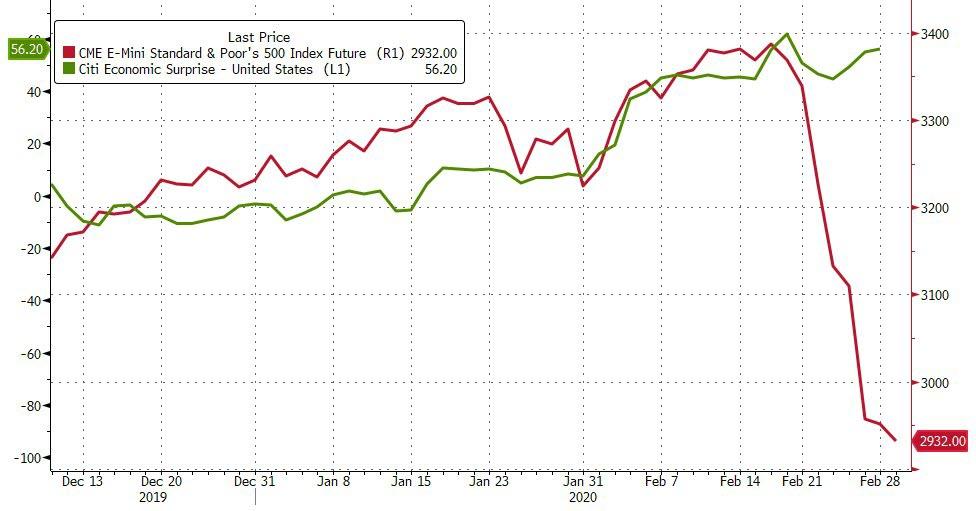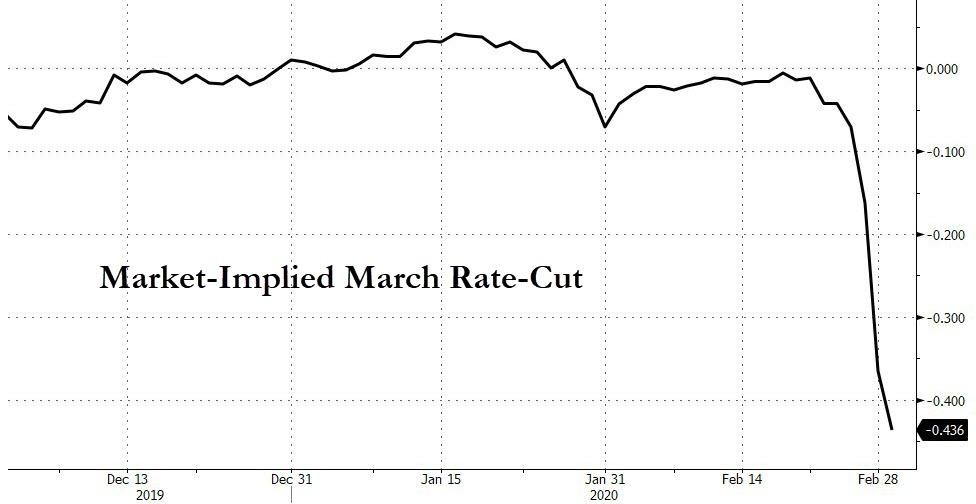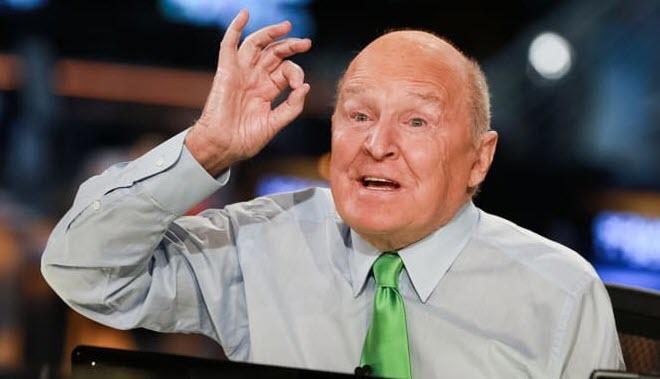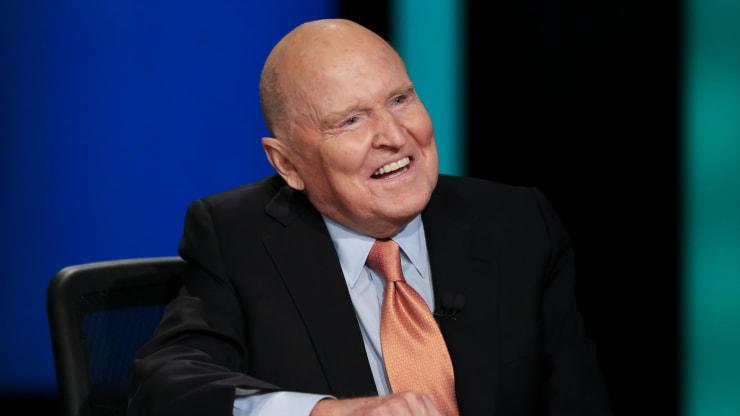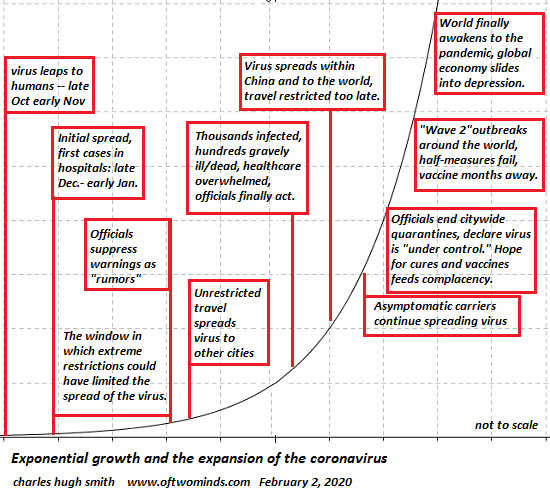Blain: Can A Cat With Coronavirus Bounce?
Blain’s Morning Porridge, submitted by Bill Blain
“I think this is serious in the sense that we can’t afford not to consider it as a serious threat.”
My Colleague James starts the day with a question: “Can a Cat with Coronavirus Bounce?” We shall find out shortly. Everyone expects coordinated action and support… Buying boots on?? Your call. I’d wait a bit.
Here’s my big tip for March 2020. This is likely to get worse, much much worse, BUT… buy banks on the dips and whenever they look cheap. I’m thinking not just the stock of the big dividend payers, but also the debt of the more questionable names with a bit of yield. I’m even thinking: Buy Cocos – the Tier 1 hybrid contingent capital monstrosities that combine all the downside of debt, and none of the equity upside. Why bullish on Banks? I’m not, but I’m pretty certain global authorities will do anything to avoid the Coronavirus morphing into financial catastrophe.
The last thing the authorities will countenance is any uncertainty around the likelihood a bank might be forced to trigger its CoCo debt. I’d even say bonds issued by the Worst Bank in the World – Deutsche Bank, might be worth a punt. That is a really difficult thing to write – I feel dirty just thinking it because it just feels so wrong – but it’s a call arrived at after calm and rational consideration of where the Coronavirus crisis goes next.
This morning the Bank of Japan pretty much said it would do “whatever it takes” to support markets and support liquidity. Gold star to me. I predicted they would: every other central bank will do the same. There are rumours the Fed could act as early as this week with a rate cut. Trump is gunning for them to act.
BTW: This morning’s headline quote is from Lunch with the FT with Peter Piot; Ebola co-discoverer Peter Piot on how to respond to the coronavirus, he is the director of the London School of Hygiene and Tropical Medicine. He expects a pandemic.
Thus far I think I’ve called this crisis pretty well. Back on Jan 20th I warned how a Meltup to Meltdown could happen quickly, before suggesting the virus could trigger it a few days later. (All the blogs are there on www.morningporridge.com.) Since then we’ve watched it escalate into a market event, despite the initial stock market indifference followed by a realisation of the economic damage, to the stage the markets are in reactive panic mode. But, unlike any other market shocker I’ve experienced, this one is a slow, grinding slow motion car crash of entirely predictable consequences. We don’t know where this goes, but we can make informed decisions.
The questions for investors are legion, but it’s possible to figure out a likely crisis roadmap round the following questions:
-
How effective will global central banks and regulators prove as they try to buoy markets through relaxing lending requirements, rate cuts, renewed Asset Purchase Programmes (QE), and even direct equity purchases?
-
How long-term will the damage to the global economy be from busted supply chains? The problem could be stay-at-home workers as much as anything else.
-
How much will corporate balance sheets be compromised by lost income? How is that likely to damage sentiment, impact investment, and create job losses? Can these be avoided?
-
How will the authorities pump liquidity direct to corporates – through bank lending forgiveness, extensions, etc?
-
If the virus becomes entrenched, how irrelevant will markets be when TV footage of hospitals in crisis dominates the agenda?
Where is this likely to go?
My own guess is that we aren’t yet ready for the likely social and market implications of a full blown pandemic. From reading over the weekend, it would appear 15-20% of cases turn serious, and of these, 20% require acute hospital care, including ventilating patients suffering deep-lung pneumonia. That’s 4% of patients. Yesterday, on the Andrew Marr show, the UK health minister stated the NHS has been able to make 500 acute beds capable of ventilating patients available. If 1 million Brits are affected, they will potentially need 40,000 beds. I understand the worst case scenario the govt is looking at is for 80% of the population, 45 million people, to become infected. Do the maths.
My conclusion is simple. If this becomes a Pandemic, there is likely to be a massive hospital and associated health crisis. The NHS will be forced to stop all other treatment to focus on the flu. As I can attest from a hospital appointment on Friday, the NHS is creaking at the seems at the best of times. If it happens, markets will be forced to react, and it won’t be a priority for global governments.
Meanwhile, back in Britain
Is the news Boris Johnson and his partner are to wed, and produce his unknownth child, supposed to generate a feel good for the UK economy? Boris and his squeeze are not Will and Kate. They aren’t even the latest desperately fondling Z-Listers from Love Island. He’s supposed to be our prime minister – guiding us through pestilence, plague and market meltdowns… Except, he’s not. The new government looks to be degenerating into a circus of political assassinations, blundering incompetence, self-entitled preening, and disruption for the sake of it.
And I voted for them…??? Was that a mistake? The alternative wasn’t great but neither is this.
A few years ago a government whip, Andrew Mitchell, was forced to resign after insulting a policeman by calling him a Pleb. Many people didn’t realise what the root of the insult told us about his mindset – a high class Tory Patrician who perceived himself entitled to rule, exercising his divine right to browbeat mere Plebeian servant. He may have forgotten the plebs also had the vote and elected officials. Quite properly he was slung out.
That was in another age. Today, politicians can get away with anything. The case against the home secretary, Pritti Patel, bears parallels. She has been accused of bullying her staff and conducting a media briefing campaign against her senior civil servant. He’s resigned, was offered a deal to stay quiet, but wants his day in court. Senior cabinet politicians have immediately rallied around her, hailing her as someone “determined” to change the civil service. She is hailed as an effective “distruptor” – suiting the Dominic Cummings agenda perfectly. That she comes across to sceptics like me as a crass political opportunistic is apparently neither here nor there.
Senior civil servants don’t resign over minor tiffs. They resign on matters of principal. For every cabinet source expressing confidence in the minister, there are dozens of insiders telling the press just how awful, self-centred, entitled and out of control she was. If she is a bully she must be dealt with – what signal would it send if she is not? But of course, she won’t be. She will get away with it because… because Cummings and Johnson don’t recognise that creating noise and bluster is not the same as getting stuff done. Disruption for disruptions sake is pointless, especially when done with malice. Check out Patel’s previous form – not good. Are these people you want in government?
And therein lies the problem. The key thing about any debt investment is that it be as “dull, boring and predictable” as possible. The UK fits the model. Over the past few days of crisis, Gilts and Sterling have proved something of a safe haven. We are perceived that way because of our political process and “strong and stable” government/administration. That’s in large part due to the civil service. Break it – and you break not only the country, but the perception of our global credit.
As Chairman Mao (actually it Zhou-Enlai) is rumoured to have said, “its too early” to comment on the French revolution… Its not too early to comment on the unacceptable behavior of Boris’ gang and the damage it might do to the UK’s global prestige long-term.
Tyler Durden
Mon, 03/02/2020 – 09:35
via ZeroHedge News https://ift.tt/2Iax05b Tyler Durden
